How to Reduce Swelling After a Hair Transplant Surgery?
Facial Plastic Surgery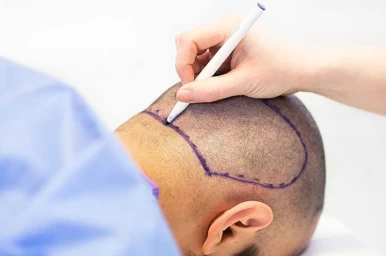
elling after a hair transplant can be as concerning as the initial hair loss. How do you distinguish between routine healing and signs of trouble? This article sheds light on the when and why of post-transplant swelling, offering actionable insights to mitigate discomfort.
Dive into expert advice, from immediate post-op care to long-term maintenance strategies, ensuring your journey to fuller hair remains smooth. Let's explore the essentials of managing postoperative swelling and enhancing recovery here on Raadina Health Blog.
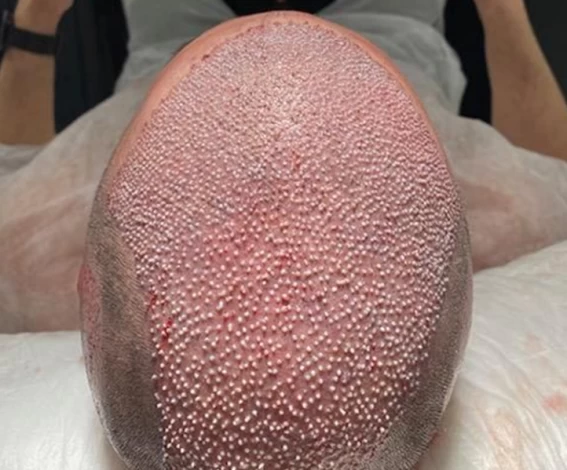
Understanding Swelling After Hair Transplant
Swelling after a hair transplant, often called postoperative swelling, is a natural response by the body to the minor traumas inflicted during the hair restoration procedure (hair transplant surgery). This physiological reaction plays a crucial role in the healing process, as the body mobilizes fluid and white blood cells to the affected areas to initiate repair.
The injected anesthetic and isotonic fluids, essential for easing the extraction and implantation of hair follicles, contribute significantly to the swelling. Understanding that this swelling is a temporary side effect and an integral part of the hair transplant recovery journey is vital.
The Immediate Hair Transplant Aftermath: What to Expect Post-Surgery
Patients can expect some swelling to commence in the hours following a hair transplant. This is a typical hair transplant side effect that indicates the body's healing mechanisms are in action. The swelling can start as a mild puffiness around the treated areas and might extend to the forehead and, in some cases, around the eyes.
Understanding the normal progression of this swelling helps manage swelling after surgery effectively and sets realistic expectations for the recovery phase.
Hair Transplant Swelling Timeline
- Initial 24 Hours: Swelling begins at the transplant site and is generally mild. It's essential to keep the head elevated to minimize fluid accumulation.
- 2-3 Days Post-Procedure: The swelling may extend to the forehead and become more noticeable. This is still within the normal range of postoperative swelling.
- Peak Swelling Period: Around the 3rd to 4th day, swelling can peak, potentially affecting visibility if it extends to the eyelids.
- Swelling Subsidence: By the 6th to 7th day, a significant reduction in swelling is observed, with most of the fluid being absorbed or drained away.
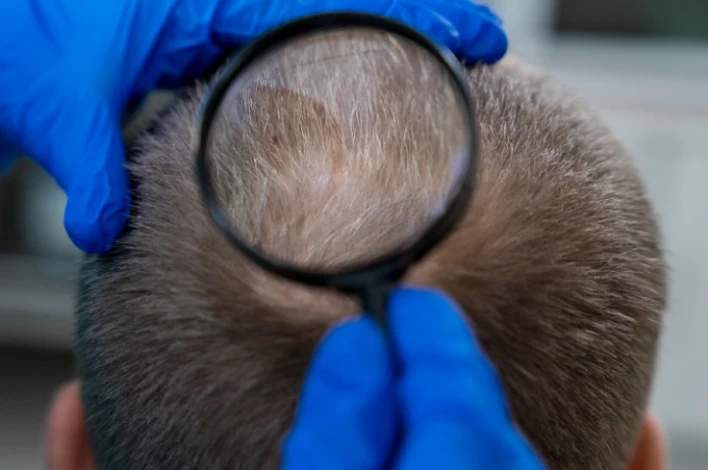
Step-by-Step Management of Swelling After Hair Transplant
Swelling after a hair transplant, commonly referred to as postoperative swelling, is a typical side effect experienced by many patients. This swelling is a normal part of the hair transplant recovery process, indicating that the body is healing. Effectively managing this swelling contributes to a more comfortable recovery and helps ensure the best possible outcomes from the hair restoration procedure.
Step One: Cold Compress Application
Applying cold compresses is essential to managing swelling after a hair transplant. This method helps reduce inflammation and provide relief without jeopardizing the newly transplanted grafts. It's crucial to use a cold compress gently and never directly on the transplanted areas to avoid disrupting the grafts. A frozen pea bag or a similar cold pack wrapped in a soft cloth can be used around the swollen areas, such as the forehead and cheeks, for up to 15 minutes every hour.
Step Two: Proper Head Elevation
Maintaining an elevated head position, especially during sleep, is critical in managing swelling after surgery. This position facilitates better fluid drainage and reduces the likelihood of swelling spreading to the facial areas. Patients are advised to sleep at a 45-degree angle using pillows or, if possible, rest in a recliner to keep their head elevated above the heart level, reducing swelling.
Step Three: Medication Adherence
Following the surgeon's medication regimen is vital in controlling swelling and promoting healing. Prescribed medications often include anti-inflammatory drugs and painkillers that help alleviate postoperative swelling and discomfort. Adhering to the prescribed medication schedule ensures that swelling is kept at bay and the recovery process remains on track.
Medications and Their Role in Controlling Postoperative Swelling
Postoperative swelling is a common side effect following a hair transplant, which can be effectively managed through the use of specific medications. Understanding the role of these medications is crucial in ensuring a smooth and comfortable recovery process.
Anti-inflammatory Drugs
Anti-inflammatory medications like ibuprofen are pivotal in managing swelling after surgery. They help reduce inflammation and swelling, making the recovery period more comfortable for the patient. It's essential to follow the prescribed dosage and schedule to maximize the benefits of these medications.
Pain Management Medications
Pain management is an essential aspect of hair transplant recovery. Medications like acetaminophen are commonly prescribed to alleviate discomfort associated with the procedure. Proper pain management not only ensures comfort but also aids in reducing swelling by allowing patients to rest and recover more effectively.
Antibiotics for Infection Prevention
Antibiotics may be prescribed as a preventative measure against infection, which can exacerbate swelling. Antibiotics contribute to a smoother healing process by keeping potential infections at bay, reducing the risk of complications that can lead to increased postoperative swelling.
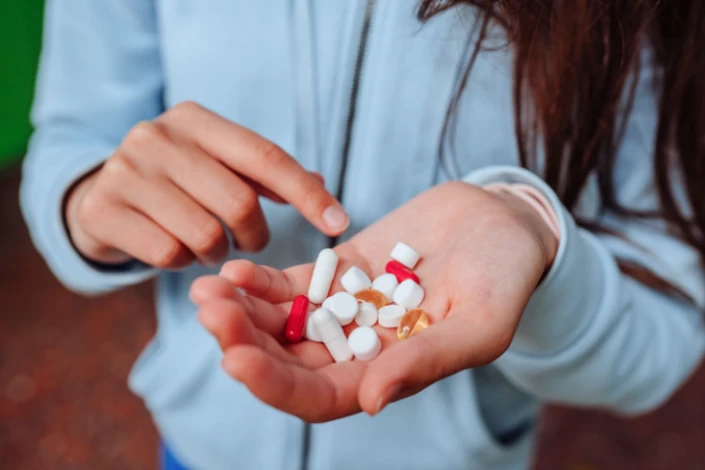
The Role of Diet in Reducing Swelling After Hair Transplant
Diet plays a significant role in the healing and recovery after a hair transplant. Incorporating certain foods and fluids into your diet can help reduce swelling and accelerate recovery.
Anti-inflammatory Foods
Foods rich in anti-inflammatory properties, such as berries, leafy greens, and fatty fish like salmon, can help reduce postoperative swelling. These foods contain antioxidants and omega-3 fatty acids, which are known for their anti-inflammatory effects. Thus, they aid in a quicker and more comfortable recovery.
Hydration Essentials
Staying hydrated is crucial for reducing swelling after a hair transplant. Water helps flush out toxins from the body and reduces water retention, which can contribute to swelling. Patients are encouraged to drink plenty of water and fluids to keep their bodies well-hydrated throughout the recovery period.
Foods to Avoid
Certain foods and substances can exacerbate swelling and should be avoided during recovery. These include salty foods, which can increase water retention, and alcohol, which can dehydrate the body and hinder healing. By avoiding these foods, patients can better manage swelling after hair transplant and ensure a smoother recovery.
Activities to Avoid to Prevent Swelling After Hair Transplant
During recovery, certain activities can exacerbate swelling or jeopardize the healing process. Patients are advised to avoid:
- Strenuous Exercise: Engaging in high-impact or intense physical activities can increase blood pressure and lead to excessive postoperative swelling. Light walking is often encouraged, but anything more vigorous should be avoided until the surgeon advises it's safe to resume.
- Exposure to Sunlight: The scalp is susceptible after a hair transplant, and direct sunlight can cause discomfort, swelling, and damage to the transplanted follicles. Wearing a hat is generally discouraged in the initial recovery phase due to the pressure it can exert on the grafts, so it's advisable to avoid direct sun exposure as much as possible.
- Smoking and Alcohol Consumption: Both smoking and alcohol can hinder the healing process. Nicotine constricts blood vessels, impairing blood flow to the healing tissues, while alcohol can increase the risk of bleeding and swelling. Abstaining from these substances is crucial for a smoother recovery and to ensure the best possible outcome for the hair loss treatment.
Conclusion
We've explored the nuances of managing swelling after a hair transplant, from understanding its phases to implementing strategies for a smoother recovery. The knowledge we've gained demystifies postoperative expectations and empowers you with the tools for optimal healing.
For those seeking further guidance or wishing to explore more on hair restoration and hair loss treatment, Raadina Health Blog remains your go-to resource. Engage with our community, share your experiences, or seek answers to lingering questions in our comprehensive blog posts.
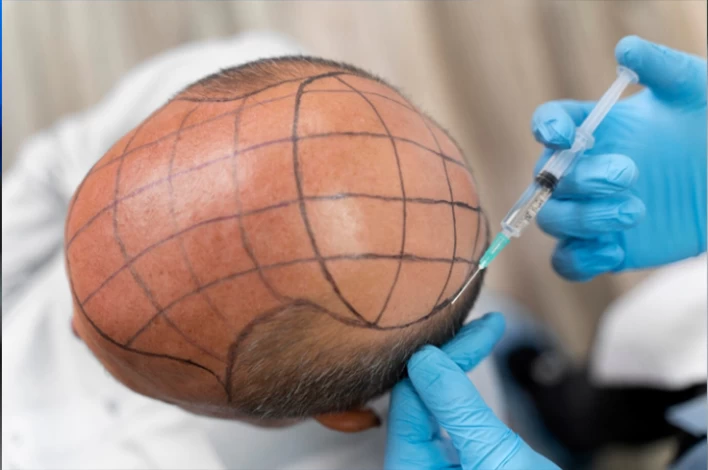
FAQs About Swelling After Hair Transplant
1) What triggers post-transplant swelling?
Swelling after a hair transplant usually results from the body's natural response to the micro incisions made during the procedure. This inflammatory response is a part of the healing process, where fluids accumulate in the treated areas to aid recovery.
2) Can diet influence swelling reduction after a hair transplant?
Yes, incorporating anti-inflammatory foods and staying well-hydrated can significantly reduce swelling. Foods rich in omega-3 fatty acids, like salmon and nuts, and ample water intake help minimize post-surgical swelling.
3) Is sleeping position crucial post-transplant to reduce swelling?
Sleeping with your head elevated at a 45-degree angle is crucial after a hair transplant. This position helps reduce swelling by preventing fluid accumulation in the scalp area, facilitating a smoother recovery.
4) What role do cold compresses play in hair transplant healing?
Cold compresses can effectively reduce swelling by constricting blood vessels, which minimizes fluid buildup in the affected area. However, they should be applied carefully to avoid disturbing the transplanted grafts.
5) How does medication assist in swelling reduction after a hair transplant?
Medications, particularly corticosteroids, can be prescribed to manage post-operative swelling. They reduce inflammation and fluid accumulation, aiding in a more comfortable recovery phase.
6) What impact does alcohol consumption have on swelling after a hair transplant?
Alcohol can exacerbate swelling as it leads to dehydration and can interfere with the healing process. It's recommended to avoid alcohol consumption during the initial recovery period post-transplant.
7) How does age affect post-transplant swelling?
Age can influence the extent of swelling experienced after a hair transplant. Older patients might observe more pronounced swelling due to less skin elasticity and slower recovery processes.
8) Why is hydration important after a hair transplant?
Staying hydrated is crucial after a hair transplant as it helps reduce swelling and accelerates healing. Adequate water intake ensures that the body functions optimally, facilitating recovery.
 WhatsApp
WhatsApp
 Telegram
Telegram
 Facebook
Facebook
 Email
Email




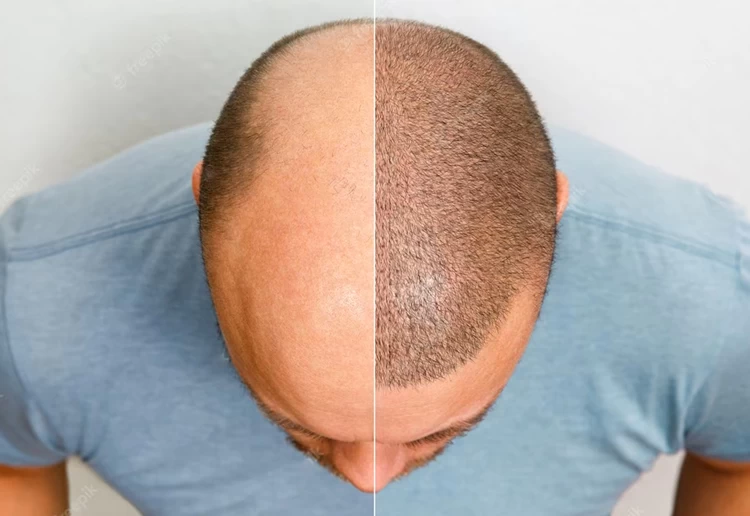





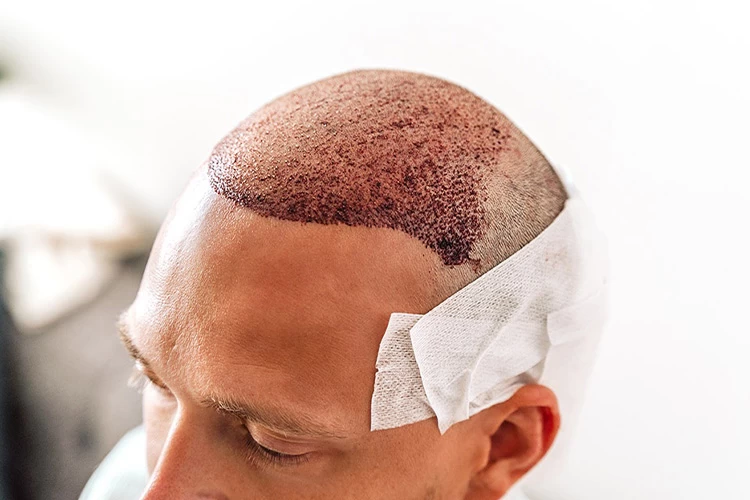

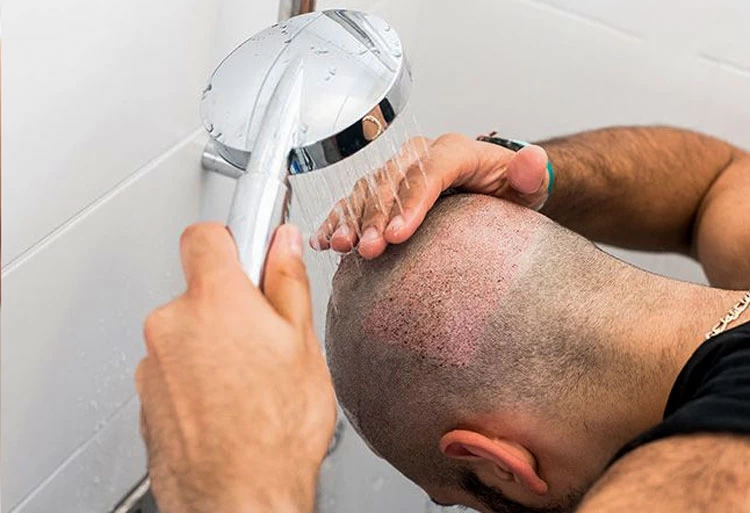
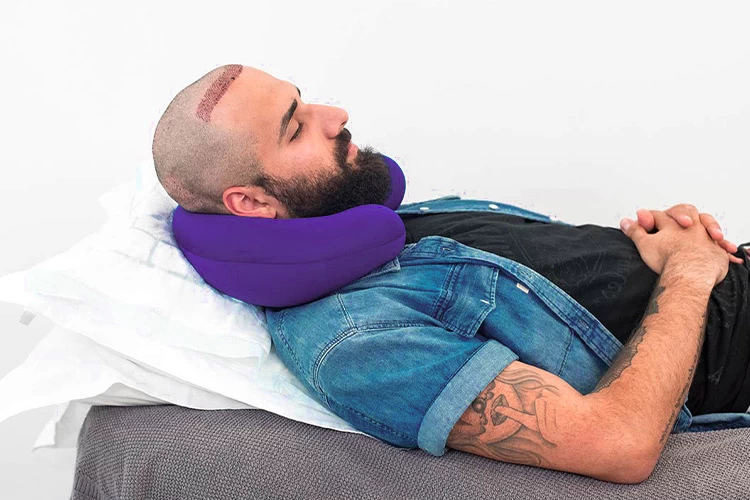



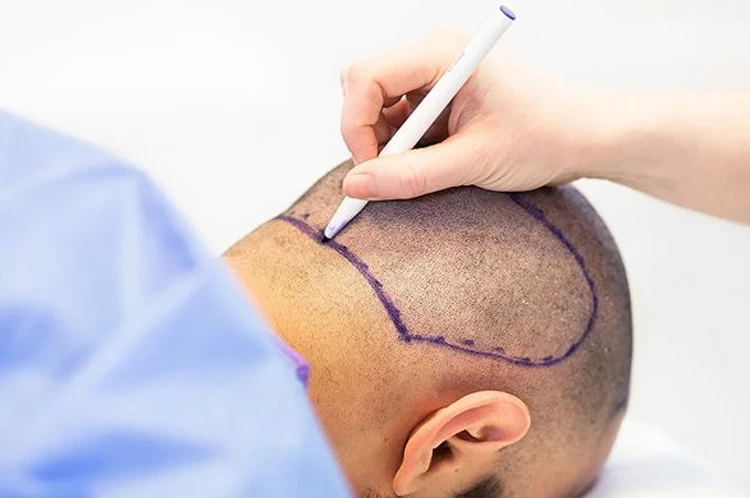

No reviews
Your comment